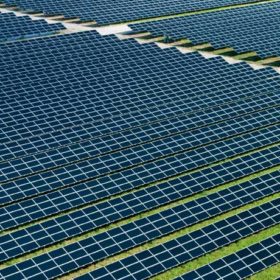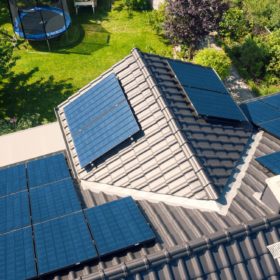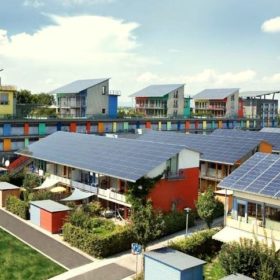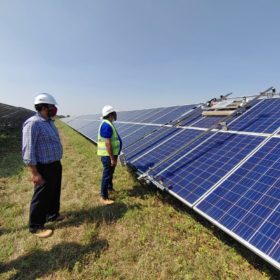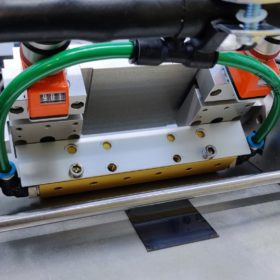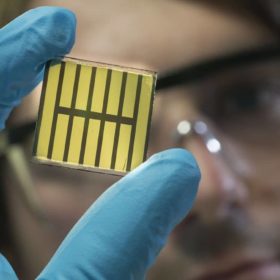First Solar signs 2.4 GW deal, reports results from a “challenging” 2020
The thin-film module manufacturer achieved a turnover of $2.7 billion and a profit of $400 million last year. The company also revealed that it is evaluating further U.S. manufacturing expansion, “contingent on the right policy environment.”
Batteries double CO2 savings of households with PV systems
Photovoltaic systems for single-family homes reduce electricity-related CO2 emissions of the households by 45%, according to EUPD Research. When a battery is added the CO2 emissions can be reduced by up to 85%.
In the mind of a residential PV system owner
Scientists in the Netherlands have identified five different profiles of homeowners that have installed or could install rooftop PV systems. According to their findings, substantial differences characterize the five segmentation groups. The research is intended to help policymakers and solar companies to better promote PV technology among potential new adopters.
Chinese PV Industry Brief: Thinner wafers, rising profits and new solar ambitions for Yunnan Province
Goodwe and Irico have both announced rising revenue and profits for the fiscal year 2020. Zhonghuan Semiconductor intends to produce thinner wafers to respond to increasing polyisilicon prices. The southwestern province of Yunnan wants to add another 15 GW of clean energy to its power generation mix.
Metal-perovskite-metal back contact solar cell with 4.31% efficiency
A numerical study by researchers at India’s Chitkara University has shown enhanced charge extraction in metal-perovskite-metal back-contact solar cell structure through electrostatic doping. The proposed design yielded a 59.4% improvement in power conversion efficiency over previously reported structures.
Indian panel-cleaning startup expands manufacturing capacity
Solavio Labs has already held three funding rounds to support the development of its new panel-cleaning robot.
Mini perovskite solar module with 18% efficiency from CEA-INES
The mini panel has a surface of 10 cm². It was built with a manufacturing technique that is claimed to be compatible with the integration of perovskite into heterojunction silicon solar cells in tandem architecture.
MIT scientists develop perovskite solar cell with 25.2% efficiency
The US researchers claim to have achieved the remarkable result by adding a special conductive layer of tin dioxide bonded between the conductive layer and the perovskite material. They also improved the perovskite layer special additives that do not alter the material’s bandgap.
‘There is no magic to get to €1.5/kg for green hydrogen in 2022’
Solar pioneer Thierry Lepercq spoke with pv magazine about recent plans of the HyDeal consortium to deploy 95 GW of solar and 67 GW of hydrogen capacity in southern Europe by 2030. Record low green hydrogen prices are easily achievable as solar PV has already reached the required cost level and effects of scale in procurement and manufacturing of electrolyzer capacities will help reduce production costs, he says. Lepercq is also convinced that the consortium will begin selling solar-powered hydrogen at €1.5/kg when the initial supply to industrial customers begins in September 2022.
New process to assess quality of perovskite semiconductors
According to German scientists, the quality of the photoluminescence quantum yield of the perovskite layers can be reliably and precisely determined for the first time. It shows that the promising material has more potential for optimization than previously assumed.
